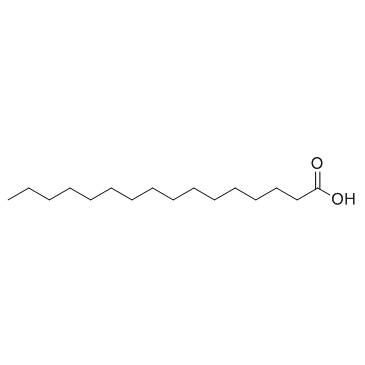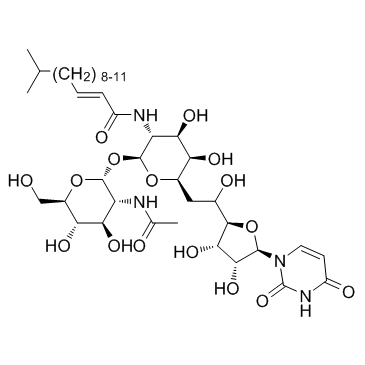| 结构式 | 名称/CAS号 | 全部文献 |
|---|---|---|
 |
棕榈酸
CAS:57-10-3 |
|
 |
衣霉素
CAS:11089-65-9 |
| 结构式 | 名称/CAS号 | 全部文献 |
|---|---|---|
 |
棕榈酸
CAS:57-10-3 |
|
 |
衣霉素
CAS:11089-65-9 |